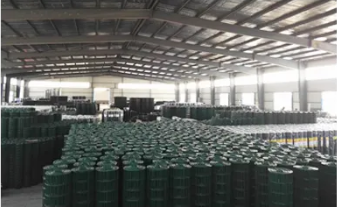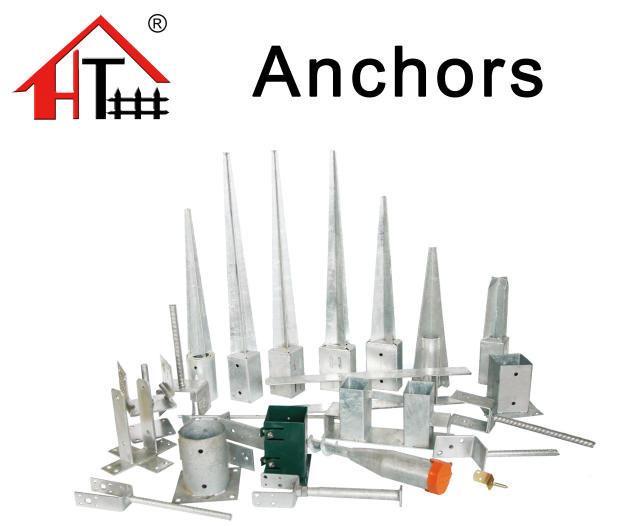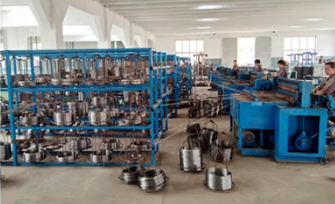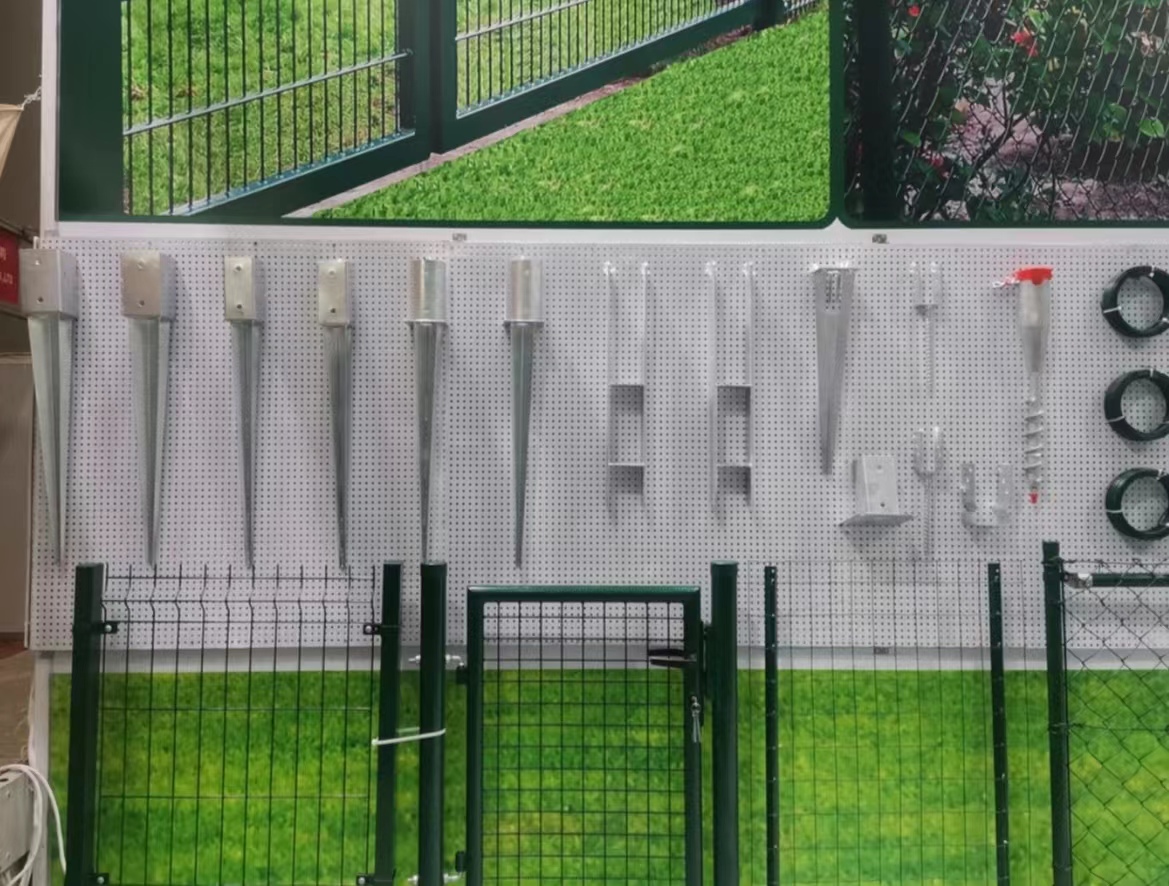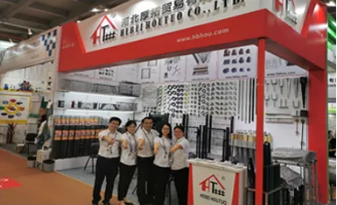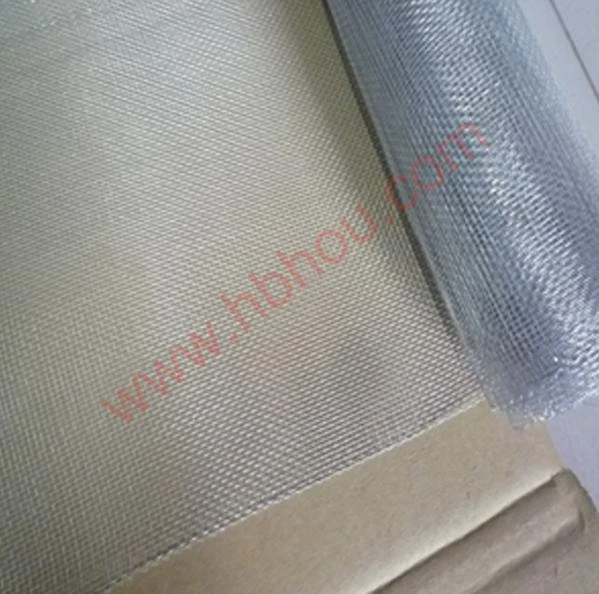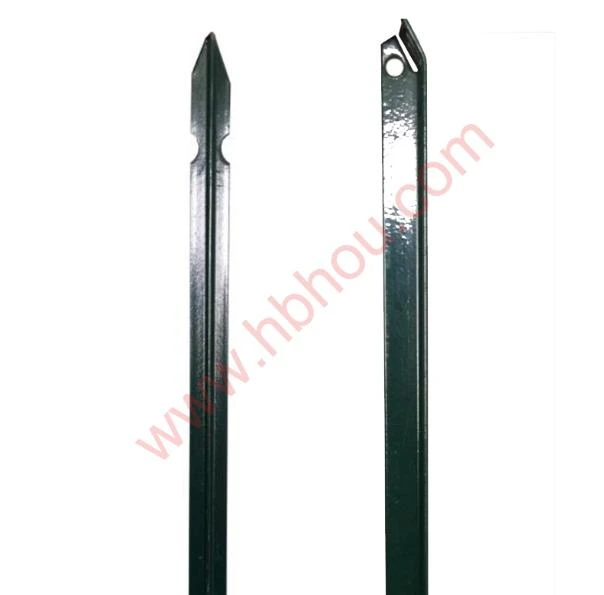The Versatility and Applications of Soft Iron Wire
Soft iron wire, a type of steel wire characterized by its low carbon content and exceptional ductility, plays a crucial role in a variety of industries due to its unique properties. Unlike harder steels, soft iron exhibits excellent malleability, making it easier to shape and manipulate into different forms. Its magnetic properties also make it valuable in applications that require electromagnetism. This article explores the characteristics, production, and numerous applications of soft iron wire, demonstrating its importance in today’s technology-driven world.
Characteristics of Soft Iron Wire
Soft iron wire is primarily composed of iron with minimal carbon content—typically less than 0.25%. This composition gives the wire its soft and pliable nature, allowing it to be bent and twisted with ease. When exposed to mechanical stress, soft iron retains its shape better than many harder metals, which can deform or break. Additionally, soft iron wire has a high magnetic permeability, making it particularly effective in applications that involve the generation of magnetic fields.
One of the most significant properties of soft iron is its magnetic characteristics. When magnetized, soft iron can retain its magnetism temporarily, which is beneficial in many electronic and electrical applications. However, it does not exhibit permanent magnetism, making it ideal for uses where a temporary magnetic field is advantageous, such as in electromagnetic devices.
Production of Soft Iron Wire
The production of soft iron wire involves several stages, including melting, forming, and drawing. The process begins with obtaining high-purity iron scrap or ingots, which are melted in a furnace at high temperatures. Once melted, the iron is shaped into wire through a series of forming techniques, often involving extrusion or rolling. The final step is the drawing process, where the wire is pulled through a series of dies to reduce its diameter and increase its length. This process not only shapes the wire but also enhances its mechanical properties, resulting in a product that is both strong and flexible.
Applications of Soft Iron Wire
soft iron wire

Due to its unique properties, soft iron wire finds applications across a multitude of sectors
1. Electrical Engineering Soft iron wire is widely used in the production of electromagnets, transformers, and inductors. Its high magnetic permeability allows for the efficient generation and transmission of magnetic fields, making it indispensable in these applications.
2. Construction and Architecture In the construction industry, soft iron wire is utilized as a reinforcement material in concrete structures. It ensures greater tensile strength and flexibility, effectively supporting various architectural designs.
3. Crafting and Fabrication Artists and craftsmen often use soft iron wire for creating sculptures, jewelry, and decorative items. Its malleability allows for intricate designs and shapes, making it a favorite among artisans.
4. Automotive Industry Soft iron wire is employed in the manufacture of various automotive components, where its strength and flexibility contribute to the overall safety and integrity of vehicles. It is often used in springs, bearings, and electrical connectors.
5. Musical Instruments Interestingly, soft iron wire is also used in the making of certain musical instruments, particularly in strings. Its ability to produce a clear, resonant sound makes it ideal for this purpose.
Conclusion
In summary, soft iron wire is a remarkable material that boasts a unique combination of properties, including high ductility and magnetic permeability. Its versatility allows it to be integrated into diverse applications across multiple industries, from electrical engineering to construction and artistry. As technology advances and new uses for soft iron are discovered, its relevance in various fields is likely to continue growing, symbolizing the importance of traditional materials in modern applications.









